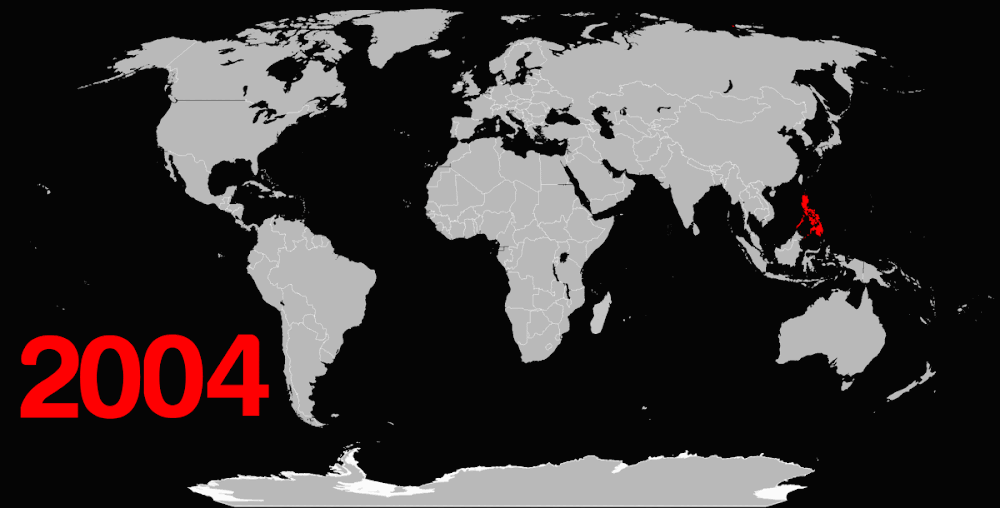The book I am using is Contemporary
Japanese Vol. 1 by
Eriko Sato from the Tuttle Language Library. Volume 1 of the book has 61 lessons. Target end date is
April 14, 2012.
MONDAY: Lesson Thirty One –ヒーターはどこにありますか
Relative location. Eek! I don’t like
this topic very much... But we can’t skip it. Good thing it is the only grammar
point for this lesson so we could split it into two days! Let’s start with the
easy ones. On = 上, under =
下, in
front = まえ, at
the back = うしろ, and inside
= 中. Yahoo. So how do we use it? In
Japanese they denote location by using another point of reference, let’s say a desk つくえ in that you say desk’s *insert
location here* and then the verb. So if you want to say that it is on the desk (whatever it is) you say つうえの上 which literally translates to desk’s
above. If you want to say below or under the
desk, that would be desk’s
under which is つくえの下. Same
thing goes with the others.
TUESDAY: Lesson
Thirty One – ヒーターはどこにありますか
Now let’s proceed with the others.
What else are there? What about the sides! Left = 左, right = 右, beside (whichever) = となり, near = そば, between = 間. There is a special formula for間 since
you have two reference points. Let’s say a desk つくえand a chair
いす. You just use the particle for
combining things and you are all set for between
the desk and the chair: つくえといすの間.
WEDNESDAY: Lesson
Thirty Two –ていきゅうびは金曜日です
Days
of the week! We have already discussed this in the video so let me just give
the list here for the seven days of the week:
月曜日 = Monday
火曜日 = Tuesday
水曜日 = Wednesday
木曜日 = Thursday
金曜日 = Friday
土曜日 = Saturday
日曜日 = Sunday
THURSDAY:
Lesson Thirty Two –ていきゅうびは金曜日です
Today we become super polite.
Apparently you would hear a special form of ~です and
~あります/います from
service crews such as in supermarkets and department stores. Instead of using
those two as endings for whatever purpose, they use these instead,
respectively: ~ございます and ~でございます. No need for examples, just plug
those instead of the usual ones. Besides, you probably won’t use them yourself,
but you would probably hear them a lot!
FRIDAY: Lesson Thirty Three –ノートが3冊あります
Colors! Let’s target the easy ones,
okay! White = しろ, black =
くろ, red = あか, yellow = きいろ, blue = あお, green = みどり and
brown = ちゃいろ. There
you go. The book says that blue and green are almost interchangeable in Japan,
which I find weird because they are not the same! Well, to some extent. Anyway,
I find the word for green easy to memorize because that word seems familiar! I
just forgot where I actually heard it.
For next week
I would be covering the second half of lesson thirty three until lesson thirty
five. We can do this guys!
The goal is to pass the N5 examination of the JLPT in December 2012! =)



_poster.jpg)



2 creature(s) gave a damn:
BTW, for Lesson Thirty Three it should be black for くろ. Thanks. =)
@Anonymous = Hi! Thanks for pointing this out! Edited. :)
Post a Comment